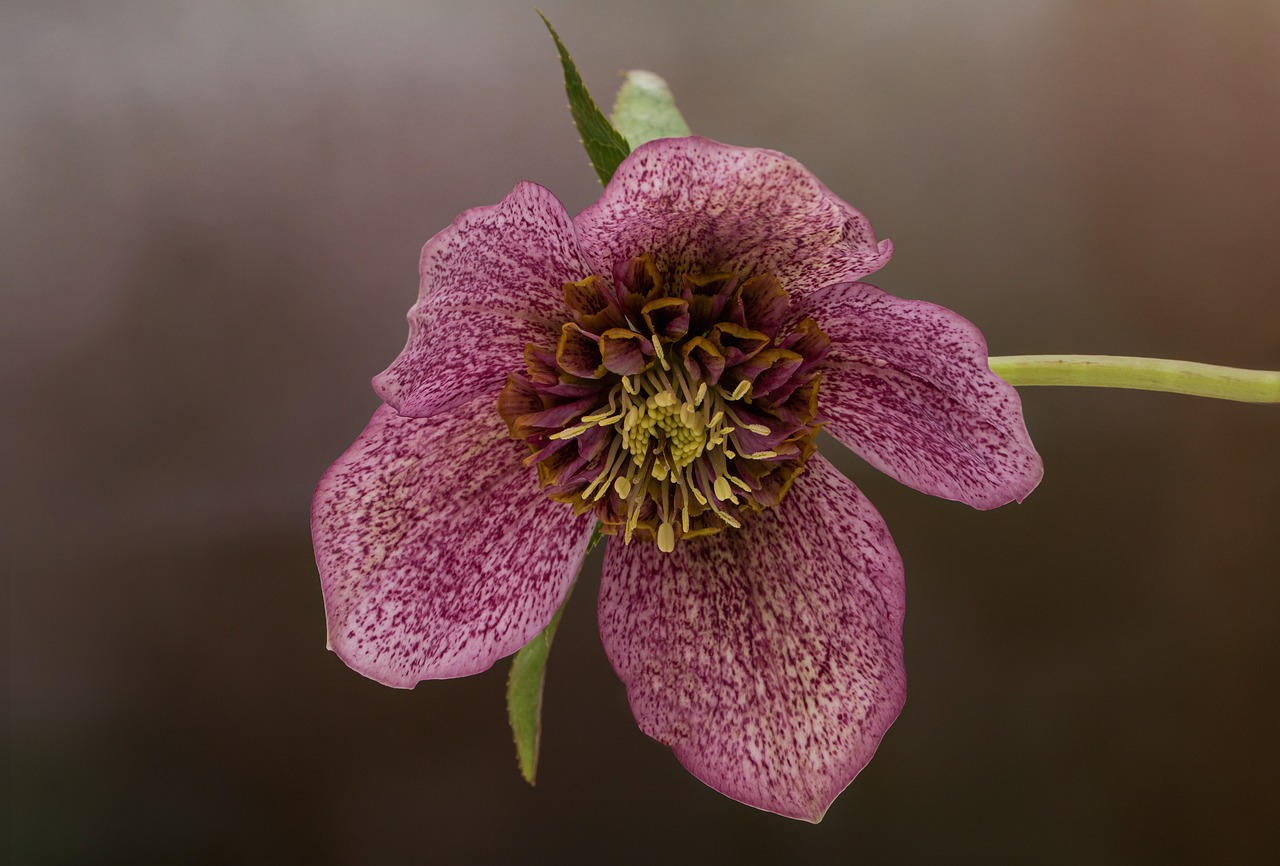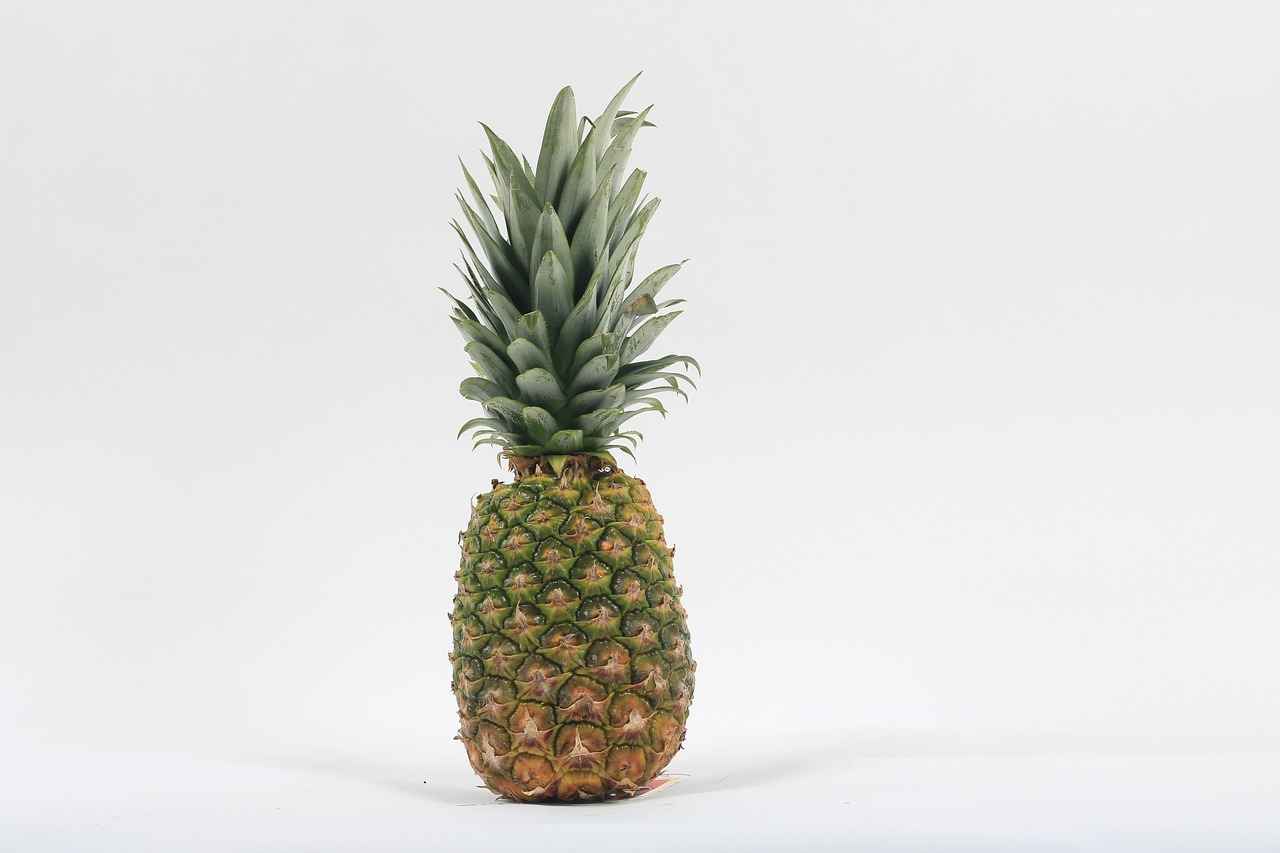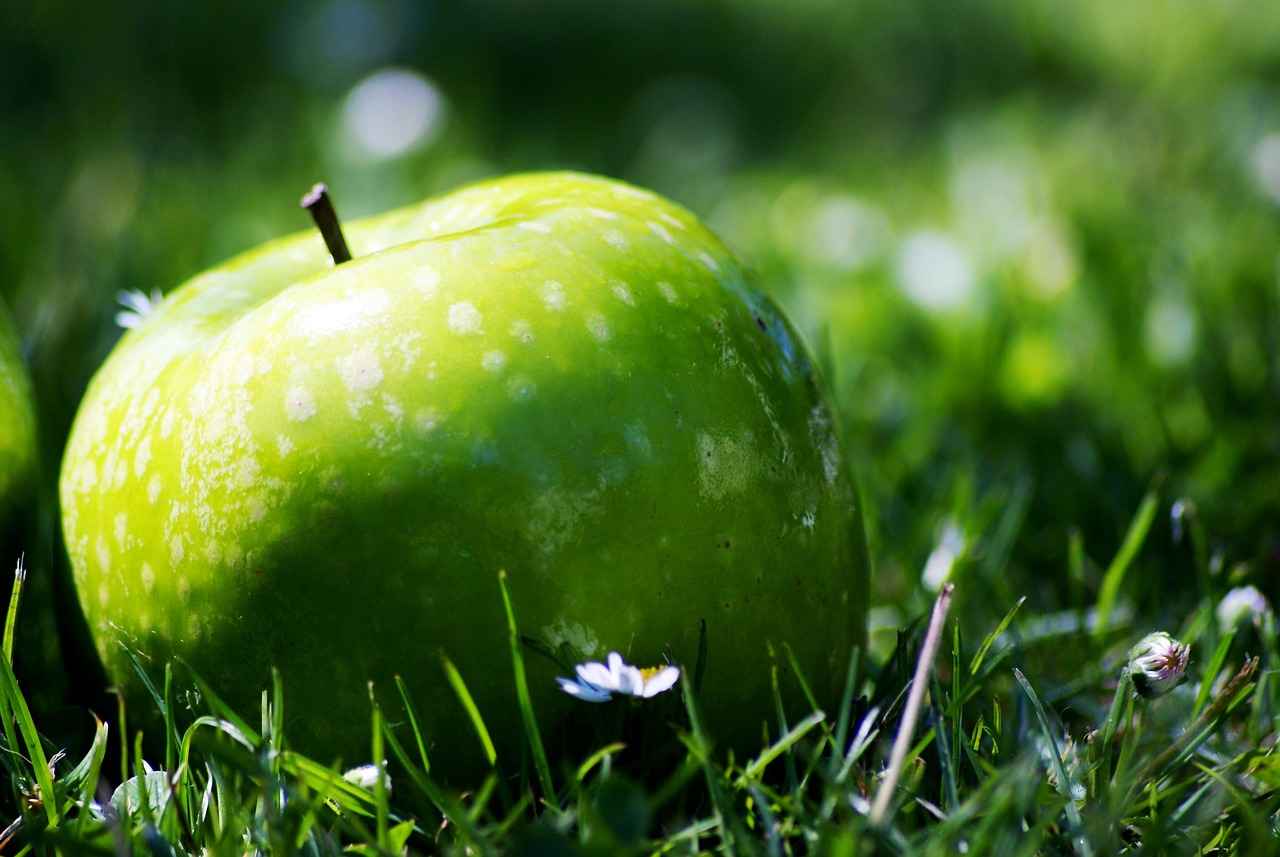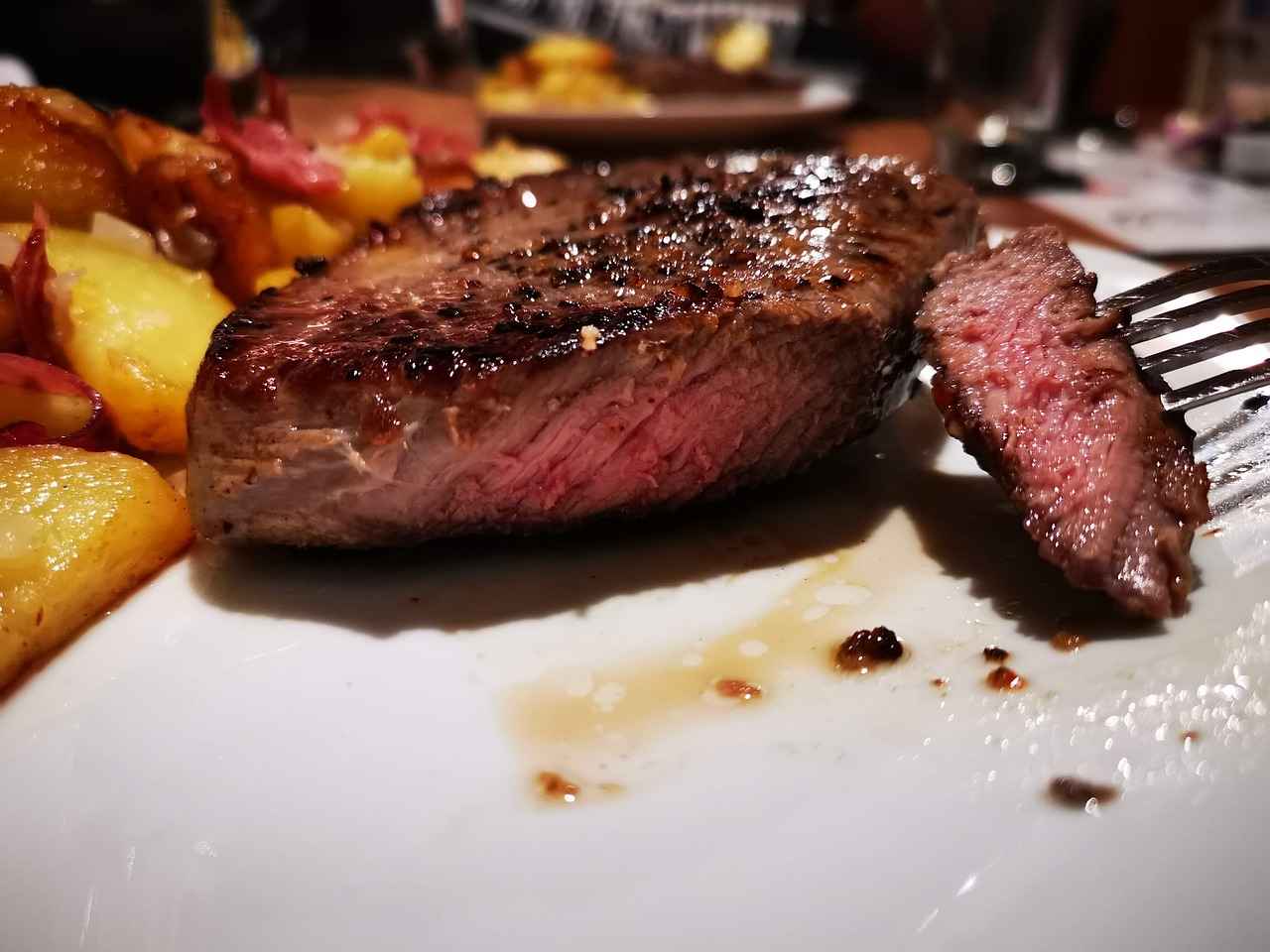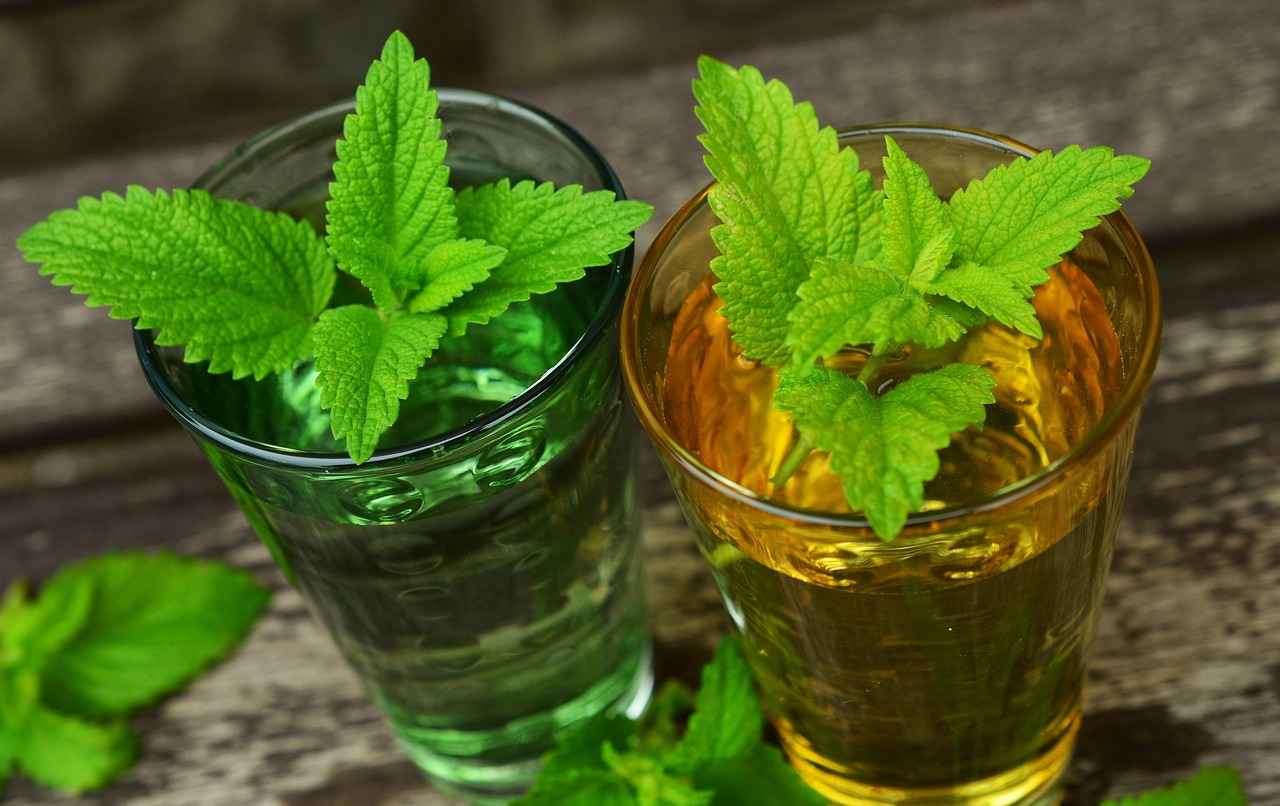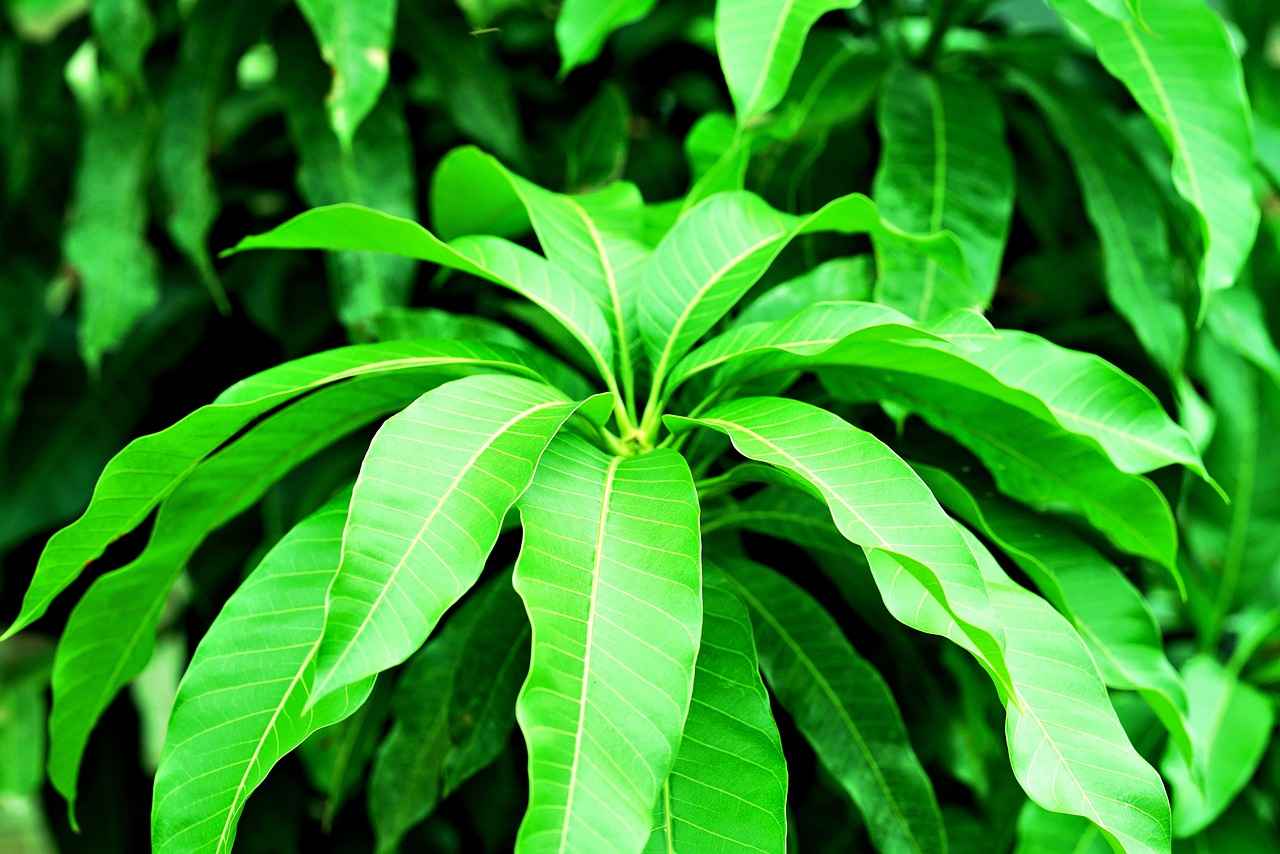This article explores the medicinal benefits, uses, and applications of Arnica Montana, a potent herb known for its anti-inflammatory and pain-relieving properties. Discover how it can enhance your wellness routine.
What is Arnica Montana?
Arnica Montana, commonly referred to as leopard’s bane, is a perennial herb characterized by its bright yellow flowers. It has been celebrated for its therapeutic properties and is widely utilized in homeopathic medicine. This herb has a rich history in traditional medicine, particularly for treating various ailments such as bruises, sprains, and muscle pain.
Historical Uses of Arnica Montana
Throughout history, Arnica Montana has been employed by various cultures for its healing properties. Native Americans and practitioners of European folk medicine have used it for centuries to address physical trauma, showcasing its effectiveness in treating bruises and inflammation.
Application in Traditional Remedies
- Topical applications for pain relief
- Use in poultices and tinctures
- Integration in various healing practices
Modern Adaptations
Today, Arnica is available in multiple forms, including creams, gels, and homeopathic pellets, making it accessible for contemporary wellness practices while retaining its historical significance.
Scientific Evidence Supporting Arnica’s Benefits
Recent studies have provided scientific backing for the use of Arnica Montana in reducing pain and swelling associated with injuries and surgeries. This evidence reinforces its reputation as a reliable natural remedy.
How to Use Arnica Montana Safely
While Arnica is beneficial, proper usage is essential to avoid adverse effects. Understanding dosage and application methods can maximize its therapeutic potential.
Topical Applications
Topical formulations of Arnica are widely available and can be applied directly to the skin to relieve muscle soreness, bruising, and joint pain.
Oral Consumption Guidelines
When using Arnica in homeopathic forms, it’s crucial to follow dosage guidelines closely to prevent toxicity or adverse reactions.
Potential Side Effects and Precautions
Although generally safe, Arnica Montana can cause side effects in some individuals. Awareness of potential reactions and contraindications is vital for safe usage.
Allergic Reactions
Some individuals may experience allergic reactions, including skin irritation or rashes. A patch test is recommended before extensive use.
Contraindications
Arnica should be avoided by pregnant or breastfeeding women and individuals with certain health conditions. Consulting a healthcare professional before use is advisable.
Conclusion: Embracing the Benefits of Arnica Montana
Arnica Montana offers a wealth of healing properties that can enhance wellness. By understanding its uses, benefits, and precautions, individuals can effectively incorporate this powerful herb into their health regimen.

What is Arnica Montana?
Arnica Montana, often referred to simply as Arnica, is a perennial herb that belongs to the sunflower family. This remarkable plant is celebrated for its vibrant yellow flowers and is primarily found in the mountainous regions of Europe and North America. The herb has gained a reputation for its potent therapeutic properties, making it a staple in both traditional and modern medicine.
Known for its anti-inflammatory and pain-relieving effects, Arnica Montana is widely used in homeopathy and herbal remedies. The flowers contain various active compounds, including helanolide and flavonoids, which are believed to contribute to its healing abilities. Historically, Arnica has been used to treat a variety of ailments, including bruises, sprains, and muscle soreness.
In addition to its medicinal uses, Arnica is often employed in cosmetic products due to its ability to soothe skin irritations and promote healing. The herb can be found in various forms, such as creams, gels, and ointments, making it easily accessible for those seeking natural relief from pain and inflammation.
Moreover, Arnica Montana has a rich history in traditional medicine practices, where it has been utilized by indigenous peoples and herbalists for centuries. Its application in poultices and tinctures demonstrates its longstanding reputation as a natural remedy for physical trauma and pain management.
As we continue to explore the healing properties of Arnica Montana, it becomes evident that this herb is not only a vital part of herbal medicine but also a fascinating subject of study for its potential health benefits. Incorporating Arnica into your wellness routine may enhance your overall health and well-being.

Historical Uses of Arnica Montana
Arnica Montana, a perennial herb native to Europe and North America, has a rich tapestry of historical uses that spans across various cultures and centuries. This remarkable plant, known for its vibrant yellow flowers, has been a cornerstone in traditional medicine, valued for its anti-inflammatory and pain-relieving properties.
In the early days, Native American tribes were among the first to recognize the healing potential of Arnica. They utilized the herb in poultices and salves to treat injuries such as bruises, sprains, and muscle pain. The application of Arnica was not merely a remedy; it was a vital part of their healing rituals, showcasing a deep understanding of natural medicine.
Similarly, in European folk medicine, Arnica was revered for its therapeutic benefits. Historical texts reveal that herbalists and healers employed Arnica in various forms, including tinctures and ointments, to alleviate pain and reduce swelling. Its usage was particularly prevalent among athletes and laborers who sought relief from the physical toll of their activities.
Moreover, during the Middle Ages, Arnica was documented in herbal compendiums as a treatment for wounds and injuries. It was often combined with other herbs to enhance its efficacy, reflecting the collaborative nature of ancient herbal practices. This synergy of plants demonstrated an early understanding of the importance of holistic healing.
As time progressed, the popularity of Arnica Montana grew, leading to its inclusion in homeopathic medicine. Today, it is widely recognized not only for its historical significance but also for its modern applications in treating sports injuries and post-surgical recovery.
In conclusion, the historical uses of Arnica Montana illustrate its enduring legacy as a natural remedy. From ancient healing practices to contemporary wellness solutions, this potent herb continues to be a valuable asset in the realm of health and healing.
Traditional Medicine Practices
Throughout history, Arnica Montana has been a cornerstone in the realm of traditional medicine, embraced by various cultures for its remarkable healing properties. This herb, with its vibrant yellow flowers, has been utilized for centuries to address a myriad of ailments, particularly those related to pain and inflammation.
In many indigenous cultures, Arnica has been revered for its efficacy in treating physical trauma. Native American tribes were among the first to harness its power, using it in poultices to soothe bruises and sprains. They recognized its ability to promote healing and reduce discomfort, often applying it topically to affected areas.
Similarly, in European folk medicine, Arnica was a common remedy for injuries. Herbalists would prepare tinctures and ointments, applying them to the skin to alleviate pain and swelling. Historical records indicate that Arnica was a go-to solution for conditions such as muscle soreness and joint pain, showcasing its long-standing reputation as a natural remedy.
In addition to its topical applications, Arnica has also found a place in homeopathic practices. Homeopathy utilizes diluted forms of the herb to treat various ailments, emphasizing its versatility in healing. This approach underscores the herb’s significance in both traditional and modern wellness practices.
As we delve deeper into the benefits of Arnica Montana, it becomes clear that its integration into traditional medicine practices highlights its enduring legacy. Its ability to alleviate pain and promote healing has solidified its place in the hearts of many cultures, making it a valuable ally in natural healing.
Application in Ancient Remedies
Throughout history, Arnica Montana has been celebrated for its remarkable healing properties, particularly in the realm of pain relief and injury management. Ancient civilizations utilized this potent herb in various forms, showcasing its versatility and efficacy in treating physical ailments. Texts from antiquity reveal that Arnica was commonly prepared in poultices and tinctures, which were applied directly to the skin to address bruises, sprains, and muscle pain.
In addition to its topical applications, Arnica was often included in traditional remedies crafted by herbalists and healers. These ancient practitioners recognized the herb’s ability to reduce inflammation and promote healing, making it a staple in their medicinal repertoire. For instance, poultices made from the crushed flowers were frequently applied to swollen areas, providing immediate relief from discomfort.
Moreover, the use of Arnica in tincture form allowed for a more concentrated application, enhancing its effectiveness. Healers would extract the active compounds from the plant and create a liquid solution, which could be used for both external and internal applications. This practice underscores the herb’s significance in ancient medicine as a go-to solution for physical trauma.
As time progressed, the knowledge of Arnica’s healing properties was passed down through generations, leading to its integration into various cultural healing practices worldwide. From Native American traditions to European folk medicine, Arnica’s legacy as a natural remedy remains strong, continuing to be revered for its therapeutic benefits.
Today, modern science is beginning to validate the historical use of Arnica Montana, with research supporting its role in reducing pain and swelling associated with injuries. This ongoing exploration into its healing properties highlights the enduring significance of Arnica in both ancient and contemporary wellness practices.
Modern Adaptations
In today’s wellness landscape, Arnica Montana has evolved significantly from its traditional uses. This perennial herb, celebrated for its vibrant yellow flowers, is now available in a variety of formulations that cater to modern lifestyles. The accessibility of Arnica in different forms, such as creams, gels, and homeopathic pellets, allows individuals to incorporate its therapeutic benefits seamlessly into their daily routines.
One of the most popular forms of Arnica is the topical cream, which is often used for muscle soreness, bruising, and joint pain. These creams are designed for easy application, providing localized relief where needed. Many athletes and fitness enthusiasts have adopted Arnica creams as part of their post-workout recovery regimen, appreciating its natural anti-inflammatory properties that help reduce swelling and promote healing.
Additionally, Arnica gels are favored for their quick absorption and cooling effect, making them ideal for individuals seeking immediate relief from discomfort. These gels often contain other soothing ingredients, enhancing the overall effectiveness and providing a refreshing experience upon application.
For those who prefer alternative methods, Arnica is also available in homeopathic pellets. These small doses are designed to be taken orally and are popular among individuals who favor a more holistic approach to health. Homeopathic Arnica is often recommended for managing post-surgical pain and trauma recovery, allowing users to benefit from its healing properties without the risk of topical irritation.
In summary, the modern adaptations of Arnica Montana reflect its versatility and enduring appeal. Whether through topical applications or homeopathic remedies, this herb continues to play a vital role in contemporary wellness practices, bridging the gap between ancient traditions and modern health solutions.
Scientific Evidence Supporting Arnica’s Benefits
In recent years, there has been a surge of interest in the therapeutic properties of Arnica Montana. This perennial herb, known for its bright yellow flowers, has been the subject of numerous studies aimed at understanding its effectiveness in pain management and inflammation reduction. The findings from these studies provide a compelling case for incorporating Arnica into both traditional and modern therapeutic practices.
One of the primary areas of focus for researchers has been the herb’s ability to alleviate pain and swelling associated with injuries and surgical procedures. A meta-analysis published in a reputable medical journal reviewed several clinical trials that demonstrated Arnica’s potential in reducing post-operative pain. The results indicated that patients who used Arnica experienced significantly less discomfort compared to those who received a placebo.
Furthermore, studies have shown that topical applications of Arnica gel can effectively reduce bruising and swelling following trauma. A randomized controlled trial found that participants applying Arnica gel to contusions had a marked decrease in discoloration and recovery time compared to those using a standard treatment.
In addition to its pain-relieving properties, Arnica Montana has also been noted for its anti-inflammatory effects. Research indicates that the active compounds in Arnica help inhibit inflammatory pathways, providing a dual benefit of pain relief and swelling reduction. This makes it a valuable option for athletes and individuals recovering from injuries.
Despite the promising findings, it is essential to approach the use of Arnica with caution. While the scientific backing is strong, individual responses can vary, and it is advisable to consult with a healthcare provider before starting any new treatment regimen. Overall, the growing body of research supports the inclusion of Arnica Montana as a natural remedy for managing pain and inflammation.

How to Use Arnica Montana Safely
While Arnica Montana is widely recognized for its numerous health benefits, it is essential to use it correctly to avoid any potential adverse effects. Understanding the proper dosage and the various application methods can significantly enhance its therapeutic potential while ensuring safety.
Understanding Dosage Guidelines
- For topical applications, it is advisable to start with a small amount, applying a thin layer to the affected area. Typically, this can be done 2-3 times a day.
- When using homeopathic pellets, follow the recommended dosage on the product label, which often suggests taking 3-5 pellets every few hours for acute conditions.
Application Methods
- Topical Formulations: Arnica gels and creams can be directly applied to bruises, sprains, and sore muscles. Ensure that the skin is clean and dry before application.
- Oral Consumption: If opting for homeopathic forms, consult a healthcare provider to determine the appropriate dosage based on individual health needs.
Precautions to Consider
- Always perform a patch test on a small area of skin to check for any allergic reactions before widespread use.
- Avoid using Arnica on broken skin or open wounds, as it may cause irritation.
- Consult with a healthcare professional if you are pregnant, breastfeeding, or have pre-existing health conditions.
By adhering to these guidelines, users can safely incorporate Arnica Montana into their wellness routines, maximizing its benefits while minimizing risks. Remember, informed usage is key to harnessing the full potential of this remarkable herb.
Topical Applications
Topical formulations of Arnica Montana have gained immense popularity in the realm of natural remedies. These formulations, which include creams, gels, and ointments, are readily available and can be applied directly to the skin. Their primary purpose is to provide relief from a variety of conditions, particularly muscle soreness, bruising, and joint pain.
One of the key advantages of using topical Arnica is its ability to offer localized treatment. When applied to the affected area, Arnica works by penetrating the skin and reducing inflammation, thereby alleviating pain and discomfort. This makes it an ideal choice for athletes or individuals recovering from injuries, as it can target specific areas without the systemic effects of oral medications.
- Muscle Soreness: After intense workouts or physical activity, applying Arnica can help soothe aching muscles and speed up recovery.
- Bruising: Arnica is renowned for its effectiveness in minimizing the appearance of bruises and promoting healing.
- Joint Pain: Those suffering from arthritis or other joint-related issues may find relief through the anti-inflammatory properties of topical Arnica.
For optimal results, it is essential to follow the application guidelines provided with the product. Typically, a small amount of the formulation should be gently massaged into the skin at the site of discomfort. It is advisable to avoid broken skin or open wounds to prevent irritation.
In conclusion, topical applications of Arnica Montana serve as a valuable tool for managing pain and promoting healing. By incorporating this natural remedy into your wellness routine, you can experience its numerous benefits while supporting your body’s recovery processes.
Oral Consumption Guidelines
When considering the use of Arnica Montana in homeopathic forms, it is vital to adhere to specific dosage guidelines. This ensures not only the effectiveness of the treatment but also the safety of the user. Here are some essential points to keep in mind:
- Dosage Precision: Homeopathic Arnica is available in various potencies, and it is crucial to select the appropriate one based on individual needs and conditions. Always refer to the product label or consult a healthcare professional for guidance.
- Frequency of Use: Typically, Arnica is taken in small doses multiple times a day. However, the frequency can vary based on the severity of the condition being treated. It is essential to follow the recommended schedule to avoid potential side effects.
- Duration of Treatment: Long-term use of Arnica is generally not recommended without professional supervision. Users should monitor their response and consult a healthcare provider if symptoms persist or worsen.
- Awareness of Symptoms: It is crucial to be aware of any adverse reactions that may occur. Symptoms such as nausea, dizziness, or skin irritation should be taken seriously, and use should be discontinued immediately if they arise.
- Consultation with Professionals: Before starting any homeopathic treatment, especially for individuals with pre-existing health conditions or those who are pregnant or breastfeeding, consulting a healthcare professional is strongly advised.
In conclusion, while Arnica Montana can be a beneficial homeopathic remedy, its oral consumption requires careful attention to dosage and guidelines. Following these recommendations can help maximize its therapeutic potential while minimizing the risk of adverse effects.

Potential Side Effects and Precautions
While Arnica Montana is widely recognized for its therapeutic benefits, it is equally important to acknowledge that it may cause side effects in certain individuals. Understanding these potential reactions and taking necessary precautions is essential for safe use, especially for those who may have allergies or underlying health conditions.
Common Side Effects
- Skin Irritation: Some users may experience mild skin irritation or a rash upon applying topical Arnica products. This can be exacerbated by sensitive skin or prolonged exposure.
- Allergic Reactions: In rare cases, individuals may develop allergic reactions, including itching, redness, or swelling. It is advisable to perform a patch test before using Arnica extensively.
- Digestive Issues: For those consuming Arnica in homeopathic forms, improper dosage may lead to gastrointestinal discomfort, including nausea or diarrhea.
Contraindications
It is vital to be aware of specific groups that should avoid Arnica:
- Pregnant and Breastfeeding Women: Arnica is not recommended for use during pregnancy or lactation due to potential risks to the fetus or infant.
- Individuals with Certain Health Conditions: Those with heart conditions, liver disease, or bleeding disorders should consult a healthcare professional before using Arnica.
- Children: Arnica should not be applied to broken skin or given to children under the age of two without medical advice.
Consultation with Healthcare Professionals
Before incorporating Arnica Montana into your wellness routine, it is advisable to consult a healthcare provider, particularly if you have a history of allergies or existing health conditions. This ensures that you can safely benefit from its healing properties without adverse effects.
In conclusion, while Arnica Montana offers significant benefits, being informed about its potential side effects and precautions is crucial for safe usage. By understanding these factors, users can maximize the therapeutic effects of this powerful herb while minimizing risks.
Allergic Reactions
to Arnica Montana can be a concern for some users, necessitating caution and awareness. While this herb is celebrated for its anti-inflammatory and pain-relieving properties, it is essential to recognize that not everyone may tolerate it well. Some individuals might experience adverse reactions, which can manifest as skin irritation, rashes, or other allergic symptoms.
To mitigate the risk of these reactions, it is highly recommended to conduct a patch test before using Arnica extensively. This simple test involves applying a small amount of the product to a discreet area of skin and monitoring for any negative reactions over 24 hours. If redness, itching, or swelling occurs, it’s advisable to discontinue use immediately.
Additionally, it is crucial to be aware of the ingredients in the Arnica products you choose. Some formulations may contain additional compounds or preservatives that could also trigger allergies. Always read labels carefully and opt for products that are free from known allergens.
In the event of an allergic reaction, symptoms can vary from mild to severe. Common signs include:
- Skin rash or hives
- Itching or burning sensation
- Swelling of the face, lips, or tongue
- Difficulty breathing or wheezing
If you experience any of these symptoms after using Arnica, it is important to seek medical attention promptly. Furthermore, individuals with a history of allergies, particularly to plants in the Asteraceae family, should exercise extra caution.
In summary, while Arnica Montana offers numerous benefits for pain relief and inflammation, understanding the potential for allergic reactions is vital. By conducting a patch test and being mindful of product ingredients, users can enjoy the advantages of this powerful herb while minimizing risks.
Contraindications
are essential considerations when using Arnica Montana, as certain individuals may face risks associated with its use. It is crucial to understand these limitations to ensure safe and effective application of this potent herb.
- Pregnant Women: Arnica should be completely avoided during pregnancy. The active compounds in Arnica can stimulate uterine contractions, potentially leading to complications.
- Breastfeeding Mothers: Similar to pregnancy, nursing mothers should refrain from using Arnica. The herb’s components may pass into breast milk, posing risks to the infant.
- Individuals with Allergies: Those with known allergies to plants in the Asteraceae family, which includes daisies and chrysanthemums, should avoid Arnica, as it may trigger allergic reactions.
- Open Wounds: Arnica should never be applied to broken skin or open wounds. Doing so can lead to irritation and increase the risk of systemic absorption, which may result in toxicity.
- Heart Conditions: Individuals with pre-existing heart conditions should exercise caution with Arnica, as it may have effects on heart rate and blood pressure.
- Severe Liver or Kidney Disorders: Those suffering from liver or kidney issues should consult a healthcare professional before using Arnica, as it may exacerbate these conditions.
For anyone considering the use of Arnica Montana, consulting with a healthcare professional is highly recommended. This step ensures a thorough evaluation of personal health circumstances and potential interactions with other medications or treatments.
In conclusion, while Arnica Montana offers various therapeutic benefits, understanding its is vital for safe usage. By being informed and cautious, individuals can harness the healing properties of this remarkable herb without compromising their health.

Conclusion: Embracing the Benefits of Arnica Montana
Exploring the Healing Properties of Arnica Montana
Arnica Montana, a remarkable herb, is celebrated for its extensive range of healing properties that can significantly enhance overall wellness. This perennial plant, adorned with bright yellow flowers, is not only a beautiful addition to gardens but also a powerful ally in natural healing.
What Makes Arnica Montana Special?
Known for its anti-inflammatory and pain-relieving qualities, Arnica Montana has been a staple in traditional medicine for centuries. Its therapeutic benefits have made it a popular choice for those seeking natural remedies for various ailments.
Historical Significance of Arnica Montana
- Used by Native Americans for treating bruises and sprains.
- Integrated into European folk medicine as a remedy for muscle pain.
- Documented in ancient texts as a poultice for physical trauma.
Modern Applications of Arnica
In contemporary wellness practices, Arnica is available in various forms such as creams, gels, and homeopathic pellets. This accessibility allows individuals to easily incorporate its benefits into their health regimens.
Scientific Backing
Recent research has highlighted the effectiveness of Arnica Montana in reducing pain and swelling, particularly after injuries or surgical procedures. Studies support its use as a natural alternative to conventional pain relief methods.
How to Use Arnica Montana Safely
To maximize the benefits of Arnica while ensuring safety, it is crucial to understand proper usage:
- Topical Use: Apply Arnica creams or gels directly to affected areas for localized relief.
- Homeopathic Forms: Follow dosage guidelines meticulously to avoid adverse effects.
Potential Side Effects and Precautions
While Arnica is generally safe, some individuals may experience allergic reactions, such as skin irritation. It is advisable to conduct a patch test prior to extensive use. Additionally, pregnant or breastfeeding women should consult healthcare professionals before using Arnica.
In summary, Arnica Montana is a powerful herb with a wealth of healing properties that can greatly enhance wellness. By understanding its diverse uses, benefits, and necessary precautions, individuals can effectively integrate this remarkable herb into their health routines, promoting a natural approach to healing and well-being.

